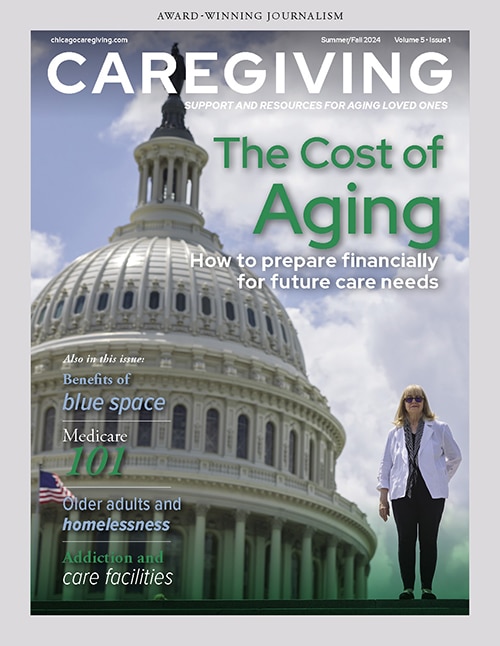The Kid’s Doctor
E-cigarettes, which were a relatively obscure curiosity only a few years ago, are now available at not only “vape shops” but are also easy found at gas stations and pharmacies. The e-cigarette market has exploded. Unfortunately, with the increased availability, there has been a steady rise in adolescent e-cigarette use (vaping).
The Surgeon General stated that “exposing the developing brain to nicotine has been shown to alter its structure and function in a way that introduces long-lasting vulnerability for addiction to nicotine and other substances of abuse.”
Yearly studies in high school students about their use of e-cigarettes showed that the percentage of students reporting e-cigarette use in the past 30 days went from 1.5 percent in 2011 to 16 percent in 2015. The use of e-cigarettes by teens is becoming a major public health issue.
In a study recently reported in JAMA (Journal of the American Medical Association), 10th grade students were surveyed in the Los Angeles public schools, and about 37 percent have used e-cigarettes. In the same study, it was reported that “teens who vaped frequently were about 10 times more likely to become regular smokers six months later, compared to teens who never vaped.” Additionally, “20 percent of the regular e-cig users transitioned into frequent smokers, while less than 1 percent of kids who had never vaped smoked cigarettes at follow-up.” It would seem from this and other studies that e-cigarettes may serve as a “gateway” to smoking cigarettes.
Those teens who were more frequent “vapers” might sensitize their brain to the addictive effects of nicotine and find even more “pleasure” when they start using cigarettes and may progress to adult smokers.
The FDA published its “deeming” rule and regulatory authority over e-cigarettes in May 2016 and banned the sale of e-cigarettes to minors, also requiring warning labels on e-cigs. But the FDA did not ban e-cigarette TV ads, nor did it address the role of flavoring in attracting youths to use e-cigarettes. (Flavors such as cotton candy and gummy bear really target teens.) Youth-oriented advertising, not only on TV, but in stores and on the internet must be addressed as well, as studies again show that greater exposure to ads is associated with higher odds of e-cigarette use.
In the end, parents and pediatricians need to discuss the use of e-cigarettes, “vaping” and the life-long risk for nicotine addiction.
Dr. Sue Hubbard is an award-winning pediatrician, medical editor and media host. “The Kid’s Doctor” TV feature can be seen on more than 90 stations across the U.S. Submit questions at http://www.kidsdr.com. The Kid’s Doctor e-book, “Tattoos to Texting: Parenting Today’s Teen,” is now available from Amazon and other e-book vendors.












